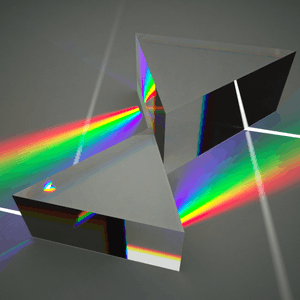Indigo Renderer
 | |
A render demonstrating Indigo's realistic light simulation |
|
Indigo Renderer is a 3D rendering software that uses unbiased rendering technologies to create photo-realistic images. In doing so, Indigo uses equations that simulate the behaviour of light, with no approximations or guesses taken. By accurately simulating all the interactions of light, Indigo is capable of producing effects such as:
- Depth of field, as when a camera is focused on one object and the background is blurred
- Spectral effects, as when a beam of light goes through a prism and a rainbow of colours is produced
- Refraction, as when light enters a pool of water and the objects in the pool seem to be “bent”
- Reflections, from subtle reflections on a polished concrete floor to the pure reflection of a silvered mirror
- Caustics, as in light that has been focused through a magnifying glass and has made a pattern of brightness on a surface
Indigo uses methods such as Metropolis light transport (MLT), spectral light calculus, and virtual camera model. Scene data is stored in XML or IGS format.
Indigo features Monte-Carlo path tracing, bidirectional path tracing and MLT on top of bidirectional path tracing, distributed render capabilities, and progressive rendering (image gradually becomes less noisy as rendering progresses). Indigo also supports subsurface scattering and has its own image format (.igi).
Indigo was originally released as freeware until the 2.0 release, when it became a commercial product.[1]
References
External links
|
|---|
| | Open-source | |
|---|
| | Closed-source | |
|---|
| | Defunct | |
|---|
| |
|

